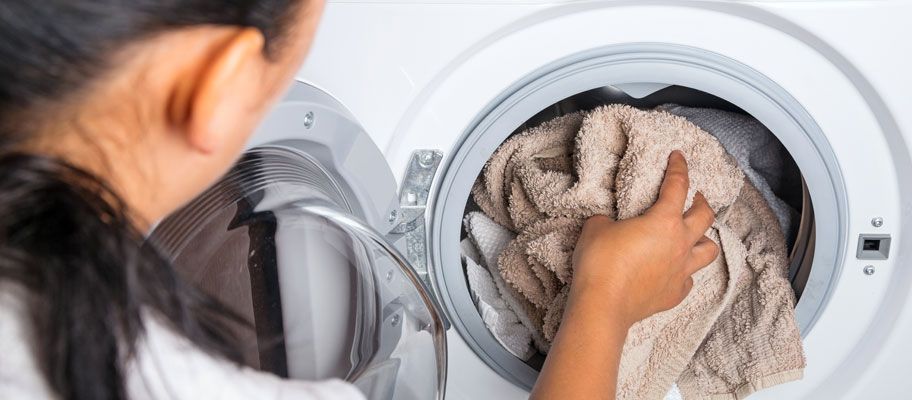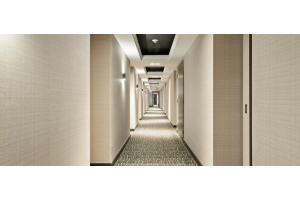We use cookies to give you the best possible experience. To accept cookies continue browsing, or view our Cookies Policy to find out more.
Linen and Textile Care: A Breakdown of Lifespans and Wash Cycles

The serviceable lifespan of textiles is not easy to specify as it can depend on a number of factors. The most important being the number and severity of the wash processes along with the degree of abuse by the end-user. Stock control also has a significant bearing on the life of the individual product.
Inappropriate laundering or handling can reduce the life expectancy dramatically with no respect for the originally purchased quality. Read on for our linen and textile care tips on terms of their lifespans across wash cycles.
Wash Process
All cotton goods wear out eventually, and even where the best laundering procedures are in place, it is unrealistic to expect linen to last forever. Cotton items will be degraded a little in every wash process. There will be mechanical abrasion from the wash action, oxidation from the bleaching system and hydrolysis from the alkali in the detergent. All these will weaken the cotton over time and make it more susceptible to snagging and tearing.
Washing is achieved by a complex interaction of physical and chemical actions which must occur and combine in the correct way if the desired results are to be achieved. There is no single right way to formulate a wash process for optimum cleanliness and minimum damage to the fabric. Local constraints, machine availability, water quality and soiling levels will all influence the wash process formulation.
If bleached correctly, 100% cotton fabrics will typically give 200 wash and use cycles before they fail through natural wear and wash damage. Incorrect bleaching and over-souring are the two main causes of premature condemnation. The textiles will last longer than 200 nominal cycles if they are bleached more mildly (Peracetic acid is particularly gentle) or if they are bleached only on the re-wash. These figures assume that the textile does not disappear earlier for other reasons such as theft or abuse.
The Life of Textiles
Actual lives are often in the range of 70-120 wash cycles when all causes of death are factored in. The table gives some typical figures for rental depreciation charging.
At the top end of the scale, good launderers can achieve 390 - 400 wash and use cycles when serving hotels which know how to look after textiles, with good bed making and stripping procedures, snag-free chutes, careful transport etc.
This also means no abuse by the end user, such as the use of hand towels and napkins as cleaning cloths, and use of duvet covers for drag bags. End-user abuse can have a significant effect on the life of the product.
| Classification | Typical life (wash and use cycles) |
|---|---|
| Single Sheet | 120 |
| King Sheet | 100 |
| Super King Duvet Cover | 90 |
| Pillowcase | 70 |
| Cotton Napkin | 40 |
| Polyester Napkin | 80 |
| Hand Towel | 70 |
| Bath Sheet | 120 |
Calculation
Mean textile life can be calculated accurately for any classification in a given stock by dividing the wash and use cycles over e.g. 12 months say by the number of new items which have had to be injected in the same period in order to maintain the service.
For example, if the hotel is issued with 50,000 clean sheets in 6 months and the provider has to purchase 500 sheets to make up for losses, then the average textile life is 50,000/500 = 100 wash and use cycles.
Stock Control
Stock rotation by the end user is important if the stock is to wear at a consistent rate and all stock is to maintain the same level of appearance. Premature rejection and replacement of worn out linen can occur because of poor stock rotation. This can result in the linen supplier or laundry being blamed unfairly for reduced product durability.
Occupancy rates, table covers, and delivery frequency should always be taken into account when assessing the actual number of washes linen has been subjected to. An assessment of time in service for damaged or worn out linen without consideration of other factors could give a false impression of the quality of the supplied linen and laundry service.
For more tips on looking after your textiles, read our guide on how to avoid bobbling or pilling on your bed linen or our quick tips on washing towels.






